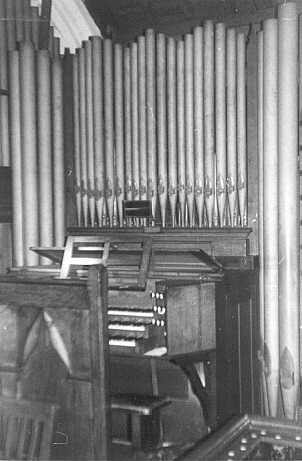Hi!
A good looking Brindley and Foster instrument is being sold in bits for lack of a purchaser for the whole organ
http://cgi.ebay.co.uk/ws/eBayISAPI.dll?ViewItem&item=160422826832 is the Principal 4ft and the Diapason and display pipes and other things are on another auction by the same seller.
Best wishes
Forum Admin
A good looking Brindley and Foster instrument is being sold in bits for lack of a purchaser for the whole organ
http://cgi.ebay.co.uk/ws/eBayISAPI.dll?ViewItem&item=160422826832 is the Principal 4ft and the Diapason and display pipes and other things are on another auction by the same seller.
Best wishes
Forum Admin
 Please telephone Michael Ward 01424 460727 and you might email
Please telephone Michael Ward 01424 460727 and you might email 
